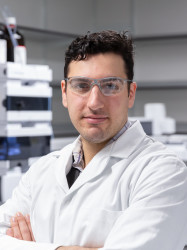BibTex format
@article{Wilson:2021:10.1039/d0cp06124g,
author = {Wilson, AA and Corby, S and Francas, L and Durrant, JR and Kafizas, A},
doi = {10.1039/d0cp06124g},
journal = {Physical Chemistry Chemical Physics},
pages = {1285--1291},
title = {The effect of nanoparticulate PdO co-catalysts on the faradaic and light conversion efficiency of WO3 photoanodes for water oxidation},
url = {http://dx.doi.org/10.1039/d0cp06124g},
volume = {23},
year = {2021}
}

